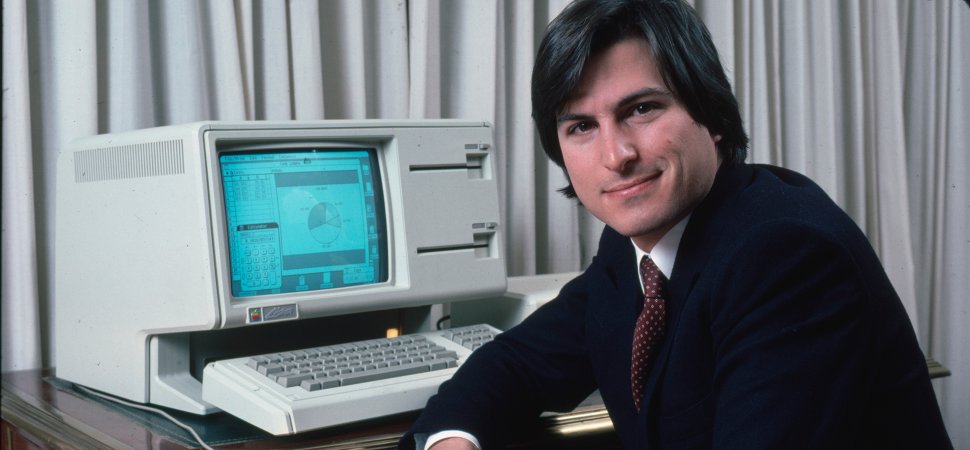A YouTube video that is circulating the internet shows a young and brash Steve Jobs candidly describing his feelings about management and hiring. It’s a bit comical to hear him lambasting the idea of having professional managers (which Apple once did before firing them all) and calling them “bozos.”
But the quote that got my attention was spot on. With hundreds of leadership quotes by Jobs (some of which are falsely attributed to him) and video clips available with a quick Google search, Jobs nails “what leadership is” in a few words. Here it is:
The greatest people are self-managing — they don’t need to be managed. Once they know what to do, they’ll go figure out how to do it. What they need is a common vision. And that’s what leadership is: [h]aving a vision; being able to articulate that so the people around you can understand it; and getting a consensus on a common vision.
Nice work, Steve, and I concur. In an age of knowledge workers, it’s imperative that we hire smart people, sure. But then, we must get the heck out of their way instead of managing them to death. To illustrate this with another classic Jobs quote, he once said: “It doesn’t make sense to hire smart people and tell them what to do; we hire smart people so they can tell us what to do.”
Leadership needs a compelling vision to work
That brings us to the second part of Jobs’ quote. Once you leave them alone, great leaders will cast a vision that gets people excited; communicate its purpose consistently and intently; and move the company forward by providing clear direction and focus so everyone is working together toward fulfilling that vision.
Leadership expert Ken Blanchard says, “A river without banks is a large puddle.” The banks are what permit the river to flow in the right direction. And so it is with good leaders; they serve others by getting everyone to reach a common goal and “flowing” in a consistent direction.
I’ll leave you with the clear difference between good leaders and mere bosses: In traditional, top-down hierarchies, bosses at the top of the food chain will lay out a vision, then use power, fear, and control to move people to carry out the vision. This “worker bee” approach disengages and demotivates people from finding purpose in their work, and actually performing at a high level.
In today’s decentralized and inclusive work environments, good leaders will cast a compelling company vision and enroll their followers to express their voice as co-creators and co-contributors to the vision. As Jobs said, there’s consensus; people feel emotionally invested in the vision. This empowers and energizes people to freely collaborate and innovate above and beyond the basic requirements of the job. It’s what every leader should be after.
Originally published at www.inc.com


